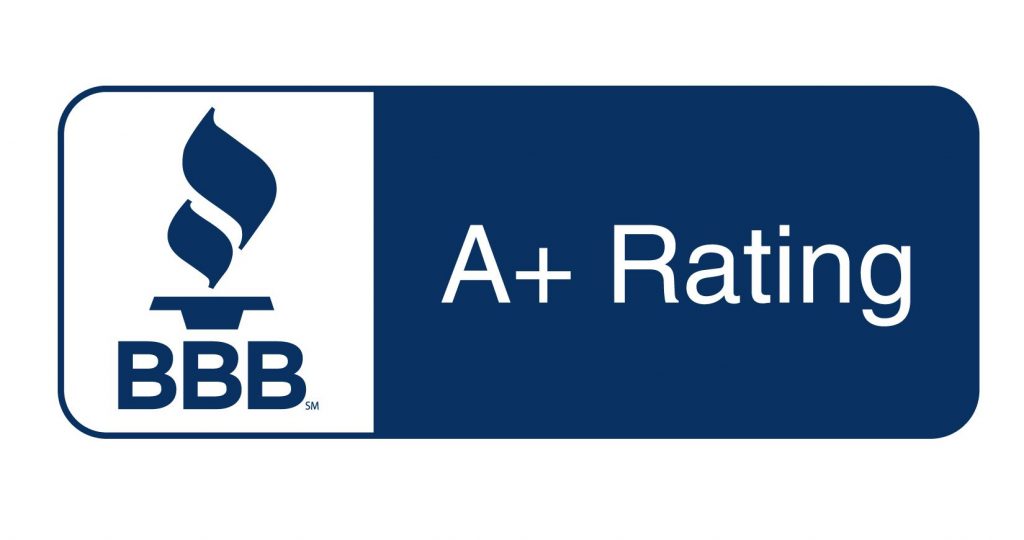Parts of Medicare – The federal Medicare program started in 1965 during President Lyndon Johnson’s term. The program was enacted to provide retirees with health insurance to help take care of some of their medical expenses.
If you are nearing your 65th birthday, you’ll be eligible for Medicare very soon. To take advantage of the benefits you’ll have, you should understand what each part of Medicare is and how they work to provide you with comprehensive medical coverage.
Original Medicare: Parts A and B
There are quite a few working parts in the Medicare program, but with a quick review of each one, you’ll learn to tell them apart. You may not need to enroll in each one, but it’s important to know the benefits of each so you can piece together the right plan for you.
The first two parts we’ll review make up Original Medicare.
Part A: Hospital Insurance
Part A is your hospital insurance and will provide coverage for your room and board expenses during a hospital stay. Like the other parts of Medicare, Part A will require you to pay some out-of-pocket expenses.
First, you’ll have the Part A deductible. In 2022, the deductible is $1,556. You’ll pay this deductible each time you become an inpatient at a hospital or skilled nursing facility, assuming that 60 days have passed since your most recent discharge. The deductible is not your only expense. Part A will take care of the first 60 days of your stay, but you’ll pay $389 per day starting on day 61. After that, you’ll be responsible for $778 if you have any of your 60 lifetime reserve days left. Once those are exhausted, you will pay the full price for each day of your visit.
The first thing to understand is the Part A deductible, which is $1,556 in 2022. (Premiums and deductibles usually change each year.) An important thing to note about the Part A deductible is that you might have to pay it more than once a year. It applies to each “benefit period,” which begins on the first day of your hospitalization and ends 60 days after you’ve been discharged.
As you can see, your out-of-pocket costs with Part A can add up quickly. The good news is that most beneficiaries receive premium-free Part A. As long as you or your spouse has worked and paid taxes for 40 quarters, you are eligible for premium-free Part A.
Part B: Outpatient Insurance
The second part of Original Medicare is Part B, your outpatient insurance. Part B covers quite a few things, including preventive services, doctor visits, surgeries, diagnostic tests, durable medical equipment, and more.
Like with Part A, you’ll have a deductible and coinsurance expenses. The Part B deductible is currently $233 per year. After that, Part B has cost-sharing on an 80/20 split – Medicare pays 80%, and you pay 20%. An important thing to know is that neither Part A nor Part B has out-of-pocket limits. That means that there is no limit on what you might be responsible for in a given year.
Part B comes with a standard premium of $170.10. While the majority of Medicare beneficiaries pay this standard amount, you could pay more if you earned a high income within the last couple of years.
Original Medicare is not mandatory. However, if you don’t enroll as soon as you’re eligible, you might pay a penalty when you do decide to apply. If you have other credible coverage in place, like through an employer-sponsored plan, you can postpone enrollment without penalty.

Part C: Medicare Advantage Plans
Medicare Advantage plans are also called Medicare Part C. They’ve become popular in recent years and continue to attract more beneficiaries every year. There is more to learn about Part C than we’ll cover here, but this should give you an idea of what these plans are.
The Medicare program allows private insurance companies to offer Part C plans as long as they meet minimum requirements, which means they must offer as many benefits as Parts A and B do. Most of the time, they offer more.
If you enroll in Part C, your benefits under Parts A and B will be rolled into your Medicare Advantage plan. Instead of sending your medical claims to the Medicare program, they’ll go directly to your Part C insurance carrier.
Some of the extra benefits you might find in a Part C plan are prescription drug coverage, gym memberships, transportation to and from doctor visits, routine vision and hearing exams, eyeglasses, and restorative dental care.
Part C premiums vary based on which plan you choose. Many have very low, even $0 premiums. The only limitation is that you’ll most likely need to get care within certain provider networks. In addition, even though your Part A and B benefits are rolled into your Part C plan, you are still responsible for paying the Part B premium.
Part C is optional and you will not incur any penalties if you choose not to enroll in a Medicare Advantage plan.
Part D: Prescription Drug Plans
The last part of Medicare we need to cover is Part D. Part D includes all prescription drug plans, which like Part C, are sold by private insurance companies. Unless you enroll in a Medicare Advantage plan that includes drug coverage, you’ll need to enroll in a stand-alone Part D plan.
Most Part D plans use the standard deductible, which is $480 in 2022. (Your plan can offer a lower deductible, but never higher than the standard.) Many carriers waive the deductible for common medications. Your coinsurance costs will depend on the specifics of your plan.
Like Parts A and B, you’ll need to enroll in a Part D plan as soon as you are eligible or no longer have credible coverage. If you postpone enrollment, you will have a penalty added to your premium for as long as you have any Part D plan.
We hope this crash course on the parts of Medicare has been helpful! You’re not expected to know all the ins and outs of Medicare – that’s what we’re here for. If you have additional questions or want to start talking about your Medicare enrollment, give one of our licensed insurance agents a call!





